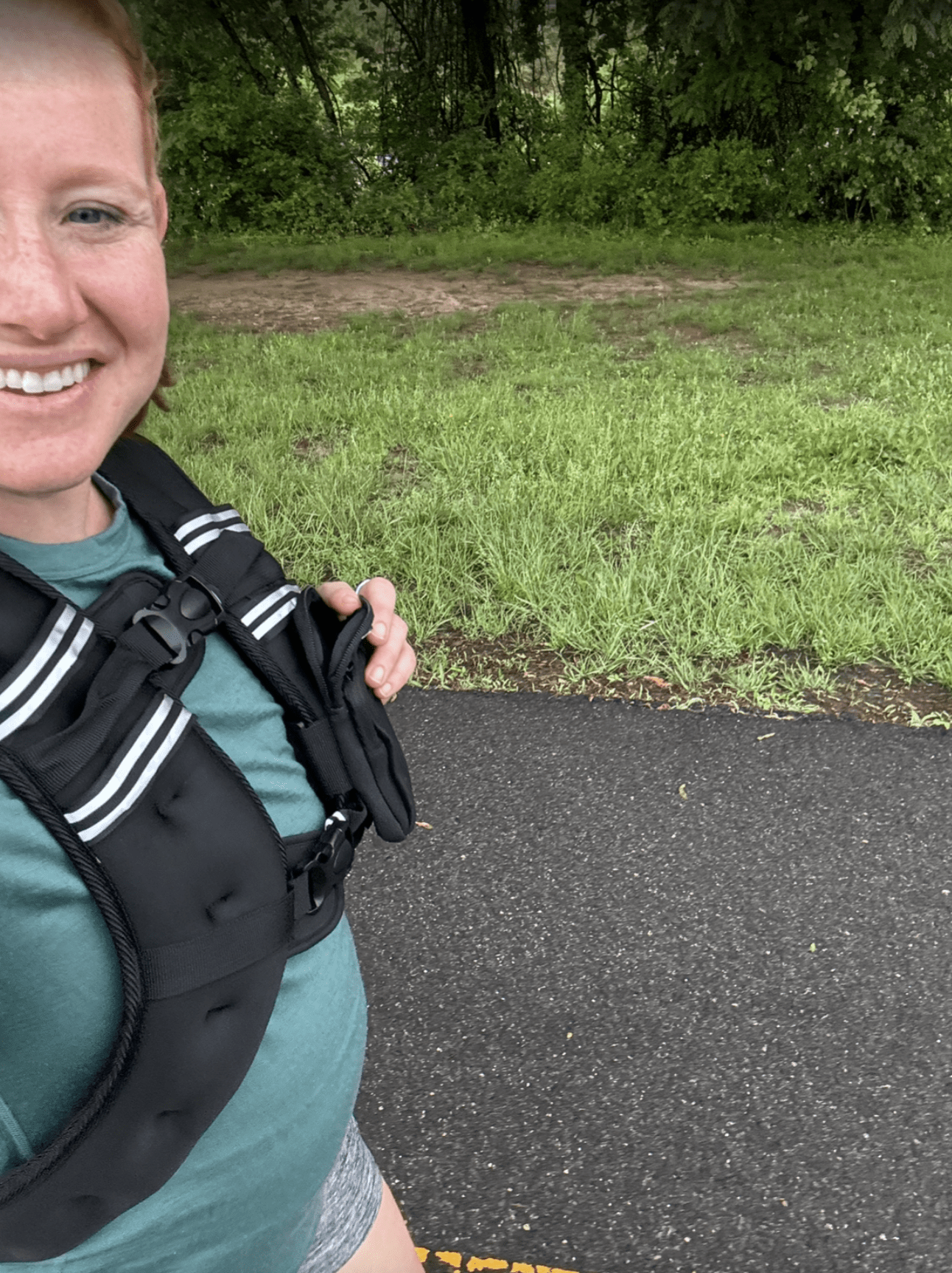What to Do When Your Tools Stop Working: Slowing Down, Adapting, and Regulating in New Seasons
Episode 111: Spotify | Apple Podcasts | YouTube
View transcript on Buzzsprout
Let’s be honest—healing rarely goes according to plan. Sometimes your go-to tools stop working. Or your body (or life) throws a curveball. You can’t rely on what used to work—and that shift can feel disorienting or even defeating.
In this episode, Amanda shares a personal story of adapting her movement practice during a high-risk pregnancy, and what it taught her about nervous system regulation, resilience, and learning to slow down. Whether you’re facing injury, burnout, seasonal shifts, or emotional overwhelm, this episode offers powerful insights on what to do next.
What We Cover in This Episode
- What happens when our usual coping tools become unavailable
- Why running matched Amanda’s nervous system—and walking shifted it
- The science behind walking as a mental health tool
- A simple formula to reduce overwhelm: move slower, decrease weight
When Old Tools Stop Working
Amanda used to be a runner and competitive powerlifter. Someone whose nervous system thrived on intensity. But an injury—and later, a high-risk pregnancy—forced a lot of this to change, at least for a season. And at first, she didn’t adapt. She stopped moving altogether. But eventually, she found a new path: daily weighted walks.
This isn’t a story about fitness, it’s a metaphor for mental health. We all hit seasons where our go-to tools—like therapy, movement, or sunlight—aren’t available. And when that happens, the nervous system doesn’t need us to do nothing. It needs us to adapt.
The Science of Walking & Regulation
Turns out, walking isn’t “just walking.” It’s one of the most biologically aligned and research-backed forms of movement for mental health. Did you know a 20-minute walk in nature can reduce cortisol by 10%? The bilateral movement supports trauma processing (similar to EMDR). Walking also activates the brain’s default mode network—supporting creativity, emotional integration, and a calmer mind.
But for Amanda, the biggest shift wasn’t just physical, it was emotional. Slower movement helped her slow her thoughts, be more present, and reconnect to joy.
A Regulation Toolkit Needs to Be Adaptable
One takeaway? We can’t rely on static routines. Life changes. Circumstances shift. And when they do, we need to get creative.
One member inside the Regulated Living Membership asked what to do when their primary tool—sunlight—wasn’t accessible in winter. Amanda’s answer: get curious about why it works. Then find the next best thing. Warmth = heating pad. Light = happy light. Nature = coat + outdoor time. Vitamin D = supplementation.
If you can name the elements that regulate you, you can find new ways to meet those needs.
If Life Feels Too Heavy…
Amanda also flips a common fitness motto: “If you want to make it harder, move faster or add weight.”
For most of us? Life is already too heavy. We’re already moving too fast. So if you want life to feel easier, try the opposite: move slower and decrease the weight.
Slowing down could mean:
- Taking three deep breaths before responding
- Buffer time between meetings
- Saying no to one more thing
- Speaking slower, walking slower, being more present
Reducing weight might look like:
- Letting something go undone
- Asking for help
- Loosening perfectionism’s grip
Whether proactive or reactive, this formula helps reduce overwhelm and supports nervous system safety.
Flexibility, Adaptation is Regulation
The nervous system is dynamic. Your healing tools need to be, too. Ask yourself:
- Are you in a season of high capacity? What could you take on that builds strength or resilience?
- Are you in a season of too much? What can you do slower? What can you set down?
Inside Restore, this is exactly the kind of 1:1 support and insight clients gain—looking at their full stress bucket, naming what matters, and building a personalized plan that fits their life.
Three Tangible Takeaways
- Adaptation is key. When tools stop working or life changes, don’t give up. Get curious. What’s the next best thing?
- Slowing down isn’t weakness. It’s often the very medicine your system needs—especially when internal chaos drives you to speed up.
- “If you want life to feel easier, move slower and decrease the weight.” Use it reactively when overwhelmed or proactively when planning your days. It works both ways.Adaptation is a key part of regulation.
Practical Application: This week, choose one area of your life where you’re feeling pressure or stress and experiment with the formula: move slower, decrease the weight. Notice how your body responds, how your breathing changes, and how your thoughts shift.
Looking for more personalized support?
- Book a FREE discovery call for RESTORE, our 1:1 anxiety & depression coaching program (HSA/FSA eligible & includes comprehensive bloodwork)
- Join me inside the Regulated Living Membership, a mental health membership and nervous system healing space (sliding scale pricing available)
- Join my Release Class – Monthly guided nervous system regulation class
- Order my book, Healing Through the Vagus Nerve today!
- Download free resources here
*Want me to talk about something specific on the podcast? Let me know HERE.
Disclaimer: This article is for informational purposes only and is not a substitute for professional medical advice, diagnosis, or treatment. Always seek the advice of your physician or qualified mental health provider with any questions you may have regarding a medical condition.

Leave a Reply Cancel reply
A mental health newsletter that feels like a deep breath: simple, grounding, and here to remind you that healing is possible.
The Weekly Rewire
Navigate
Regulated Living provides neuroscience-backed mental health coaching to help you regulate your nervous system and reclaim your life from anxiety and depression.
Heal
Learn
Paragraph